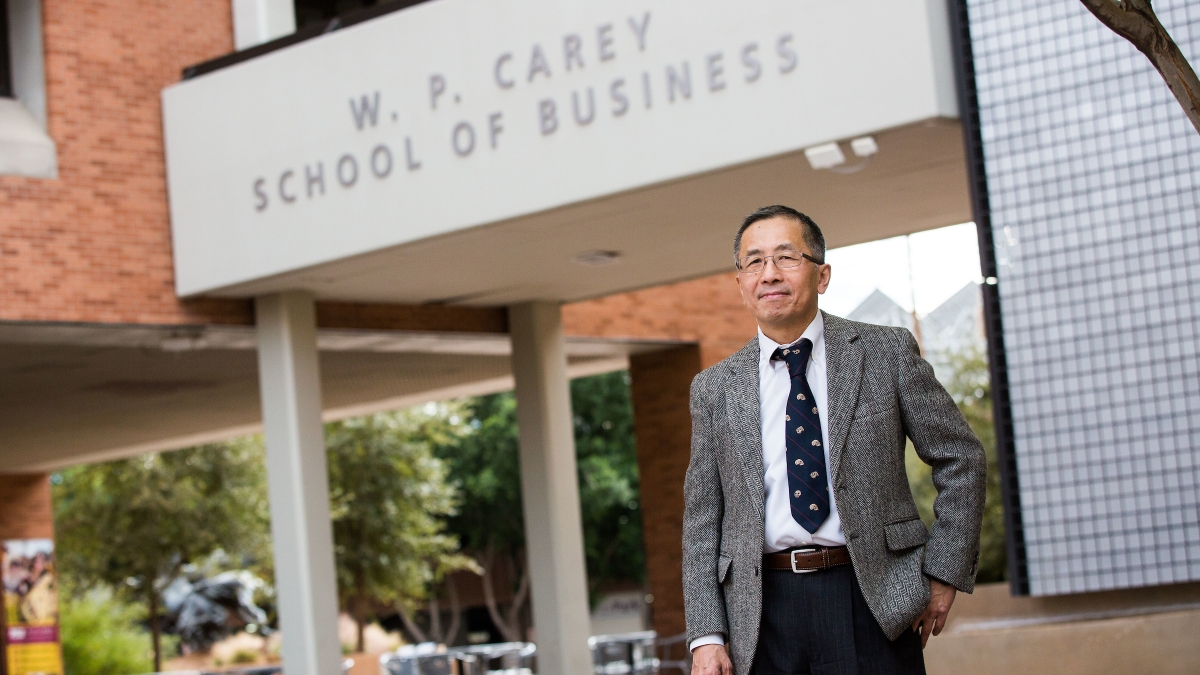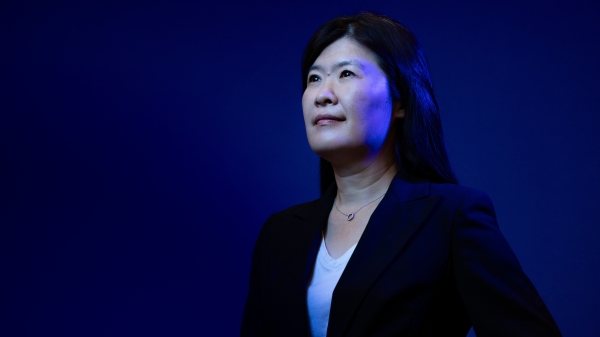ASU experts study how firms can keep workers from following departing CEOs

When good leaders leave viable companies for new and better opportunities, they might walk out the door with more than best wishes and the last slices of farewell cake.
Some subordinates, concerned enough to re-examine their own careers, might follow the leader to his or her new venture. Others, uncertain of whether they will like the replacement, also might plan their exits.
How can companies prevent one leader’s departure from turning into a full-fledged flight?
New research by Peter Hom and Wei Shen, both professors of management at the W. P. Carey School of Business at Arizona State University, suggests that companies with strong organizational-development climates create strong relationships among the subordinates, their peers, lower-level employees and other leaders. Such 360-degree relationships encourage subordinates to keep their current jobs, according to the paper, which was published in the Academy of Management Review.
“By ignoring these other kinds of relationships, you’re ignoring factors that might counteract or moderate that leader departure effect,” said Hom (pictured above). Employees who don’t follow a leader out, he said, might well identify themselves with the company or have formed strong attachments to co-workers who do so.
Some leader departures are legendary in the business world. Andy Grove following Gordon Moore from Fairchild Semiconductor to start what would become Intel Corp. is one famous example. Departures also have spawned new buzzwords, such as “turnover contagion” and “lift-outs” to describe the exit of entire teams for new opportunities.
Early research on turnover assumed that employees leave for personal reasons, Hom said, such as being unhappy or having needs that they think another company will better meet. More recently, researchers have turned their attention to how external forces, including the depth of relationships with co-workers, might affect employees’ decisions to stay or leave.
“In the knowledge economy — the service economy — the greater focus is on the kinds of relationships you have with people (at work), which stabilize you,” Hom said. At the same time, researchers are paying attention to employees who defect when colleagues with whom they have relationships leave.
If a departing leader’s relationship with team members was of poor quality, the effect on turnover can be minimal, as employees expect they will like the successor better. But in high-quality relationships, employees identify with their leaders, view them as agents of the company and tend to feel a greater sense of loss and disruption.
Hom, Shen and their colleaguesAuthors on the paper were University of Maryland management professors Debra Shapiro and Rajshree Agarwal. examined how a leader’s departure weakens employee attachment to companies. They suggest that these departures cause employees to become uncertain about their future and begin appraising their situations. Employees also become concerned that the next leader might distribute resources differently than the predecessor did.
“The leaving itself is a shocking event that makes them question what their fate might be like without the leader,” Hom said. “It creates a lot of doubt and uncertainty, so they judge the pros and cons of leaving.”
They suggest that the level of employee concern over a leader’s departure depends on two factors: the quality and strength of employees’ relationship with their leader, and the quality and strength of employees’ relationships with others in the company. The second factor, in particular, influences employees’ attachment to a company, Hom said.
The team saw three levels of relationships in the workplace: the individual level (an employee’s identification with the leader and the company), the group level (where turnover can be contagious) and the organizational level (where the organization-wide development climate is set).
To account for the whole spectrum of relationship quality, Hom’s team suggests a 360-degree relational model that incorporates all three types of relationships underpinning employees’ attachment to their companies.
The greater the size of employees’ networks, the research finds, the more the employees will identify with their companies and not just with their leaders. The size of workers’ networks, in turn, depends on the strength of the company’s organization-wide development climate.
The team suggests that companies start addressing the turnover issue by assessing their development climate. They should uncover how employees perceive the mentoring that occurs and identify the extent to which the company expects, supports and rewards mentoring among leaders and employees.
Companies should recognize that employees and mentors prize their relationships, so it helps to give employees access to mentors who are willing to lead in all directions: peer, virtual, senior and subordinates. Organization-wide procedures, such as incentives for mentoring others at different levels, can support more mentoring. Hom notes that many companies already have developed mentoring relationships for minority and female employees and could broaden those programs to include more employees.
Creating employee networks and a development climate can reinforce employees’ attachment to the company or organization, the researchers say. A strong network and supportive climate would help reduce thoughts of quitting, turnover contagion and lift-outs.
Hom next hopes to test the team’s propositions with data from a large organization so he can examine more closely how leader departures trigger turnover, especially among good employees.
Written by Shay Moser, managing editor of "Research and Ideas" and the W. P. Carey Magazine, W. P. Carey School of Business.
Top photo by Deanna Dent/ASU Now
More Business and entrepreneurship

The business of ethically using artificial intelligence
Editor's note: This expert Q&A is part of our “AI is everywhere ... now what?” special project exploring the potential (and potential pitfalls) of artificial intelligence in our lives. Explore…

Assessing AI readiness
Editor's note: This expert Q&A is part of our “AI is everywhere ... now what?” special project exploring the potential (and potential pitfalls) of artificial intelligence in our lives. Explore…

ASU’s AZNext Program aims to shore up IT, business workforces with free virtual developmental courses
By Georgann YaraAfter he retired from the Marine Corps, John Black decided to tackle the business world. He formed an LLC offering consulting services but quickly realized his business acumen wasn’t…